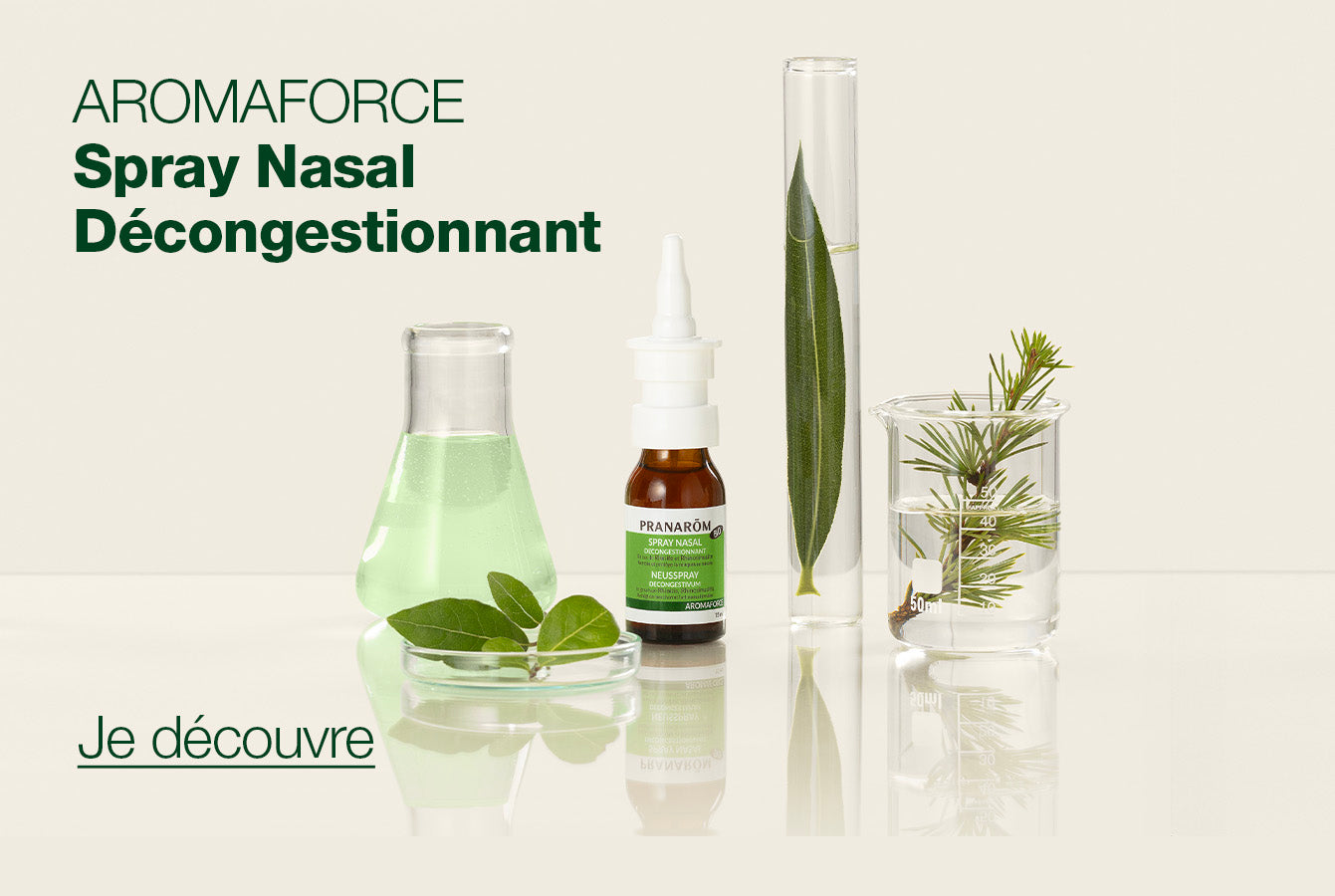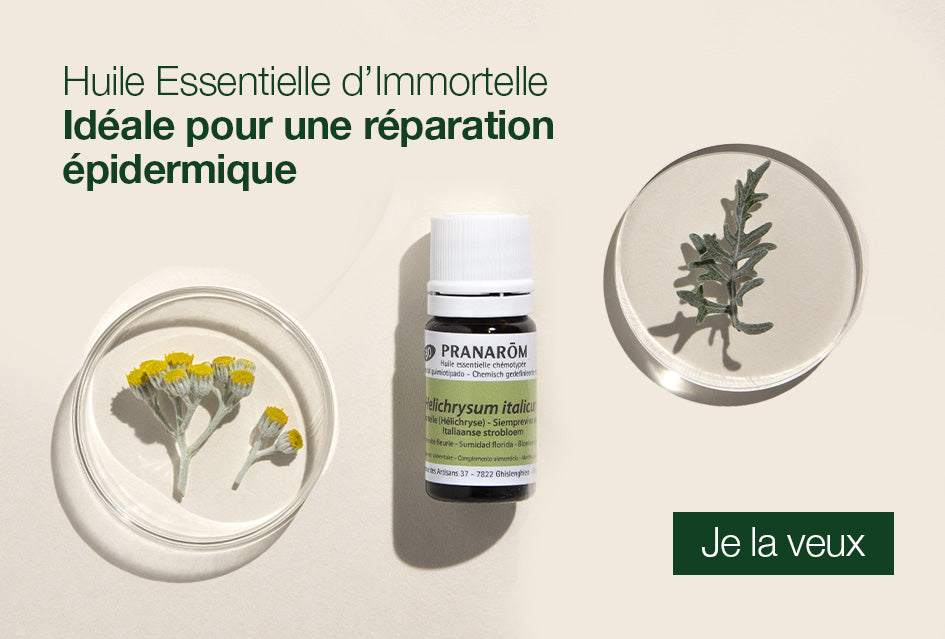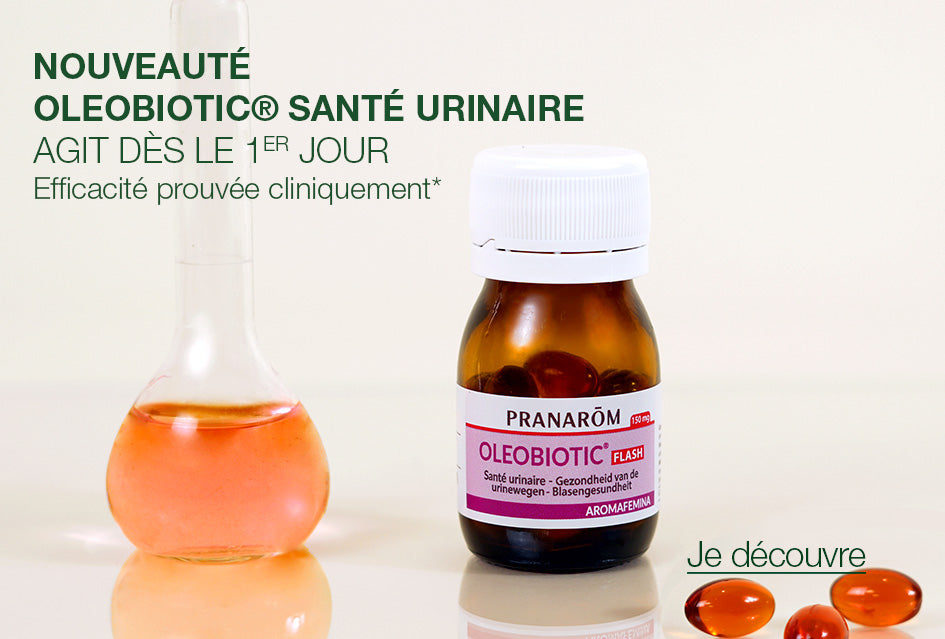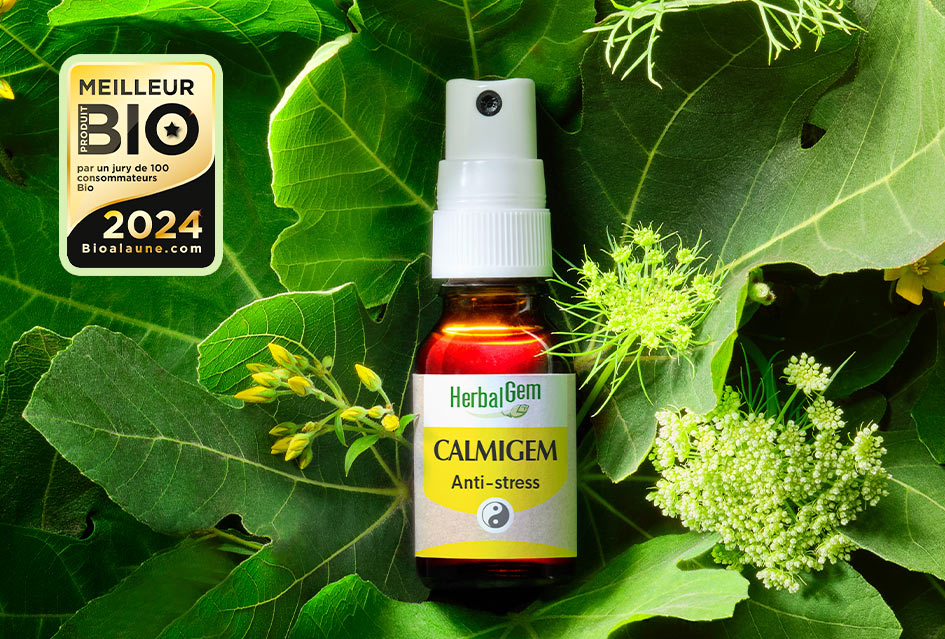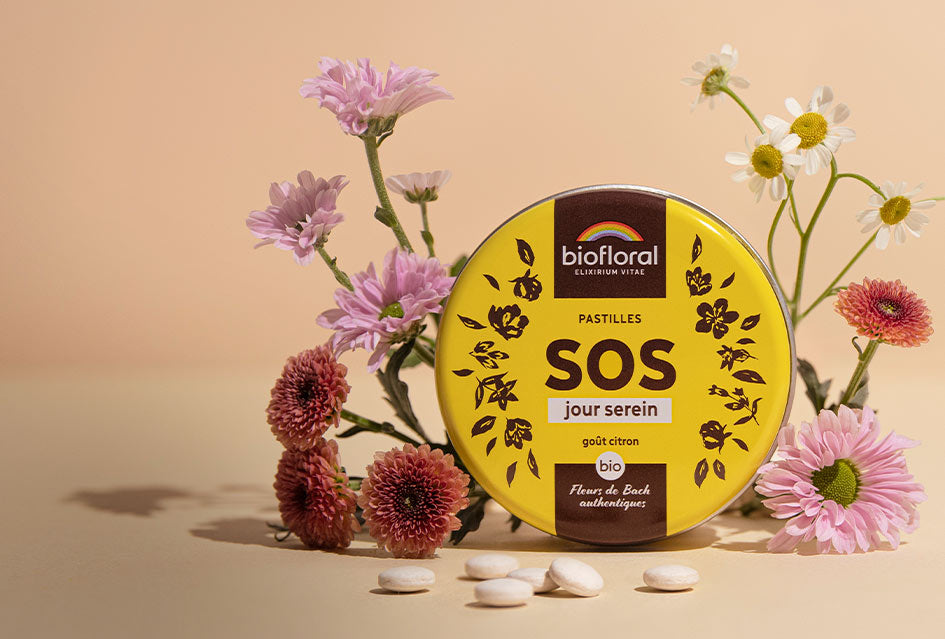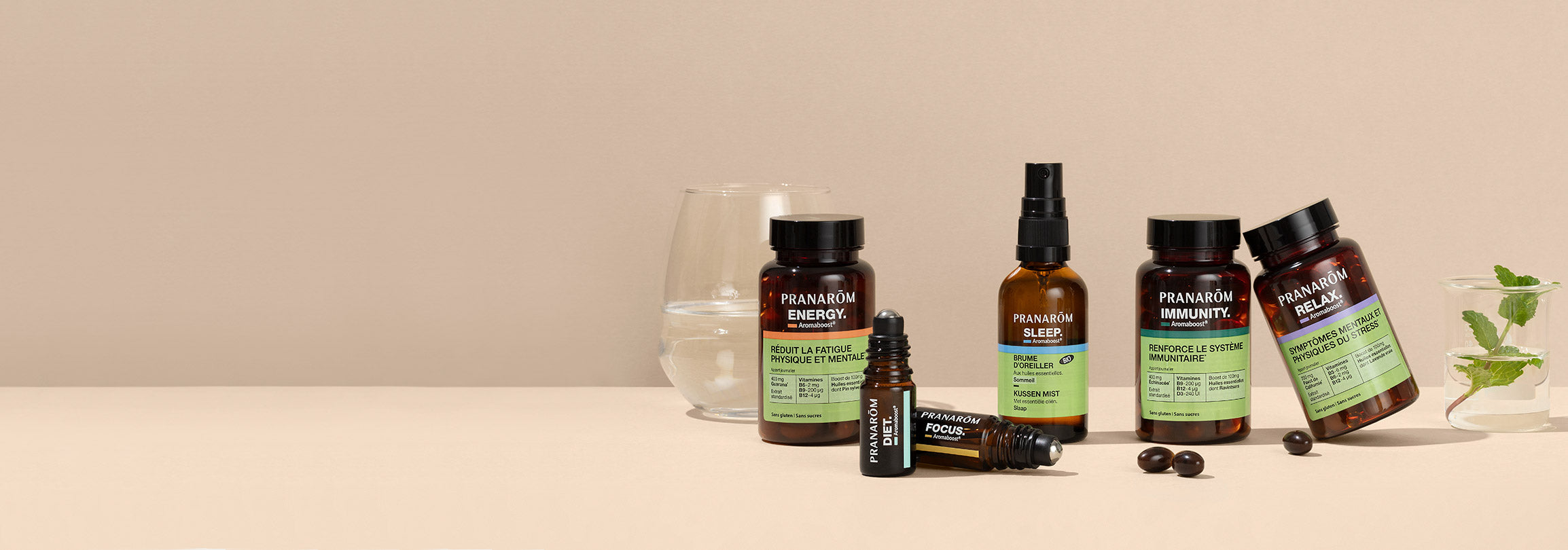Our engagements
Improving the health and lives of our employees, consumers and society
As specialists in natural herbal therapies, we understand the importance of daily health and overall well-being. This commitment is at the heart of our philosophy and guides all our actions and decisions.
Always highlight the quality, safety and effectiveness of our products
We attach primary importance to the quality and safety of our products. Our teams of experts work to provide products of the highest quality, carefully crafted and subject to rigorous controls throughout the manufacturing process, from harvest to finished product.
We are determined to advance scientific research through solid investments and a comprehensive research program led by a team of in-house researchers and numerous collaborations with the scientific and academic world. We are convinced that natural medicines, associated with rigorous scientific research, have a bright future ahead of them, in all areas of health.
Improve the health, well-being and promote the development of our teams
We also care deeply about the health, well-being and development of our teams. Working at Inula means having a meaningful job, in a group that puts quality and efficiency at the heart of all its product developments. Each employee has the opportunity to train on our products to find more natural alternatives to treat themselves differently and take care of their family.
Be a committed and supportive actor
The Inula group has always wanted to be an actor committed to the promotion of natural health, respect for nature and the promotion of organic farming.
In 2023, wishing to go further in this approach of positive impact and solidarity, we wish to actively mobilize our teams for a great cause which is particularly close to our hearts. Knowing that more than 58% of the members of the Inula team are women, we made the natural choice to support and accompany women before, during and after cancer.
Acting for nature with supplies, processes and products that respect the environment
For more than 30 years, we have been working with the best of nature and with the most complete respect for the environment in order to preserve our planet. By joining forces, we have the power to shape a more sustainable and promising future.
Reduce our environmental footprint
We have implemented a vast action plan to minimize our impact on the environment, by reducing carbon emissions from our sites, our transport and our logistics. We are convinced of collective responsibility for environmental protection and are determined to actively contribute to the fight against climate change.
Promoting responsible innovation and design
As part of a constant process of innovation, we invest in the research and development of products that meet the needs of consumers while minimizing our impact on the environment, firstly by choosing ingredients of natural origin and certified organic. We are redesigning our products, packaging and sales materials to make them more sustainable and environmentally friendly. We favor recyclable materials, reduce waste at source and encourage recycling.
Strengthen our responsible purchasing and sector development policy
We work closely with growers, distillers and plant harvesters all over the world. This proximity allows us to control the quality of our products from the plant to the bottle and to support our partners towards a transition to more environmentally friendly agriculture.
Be exemplary in terms of ethics, transparency, and compliance, while sharing our know-how
Promote ethics and transparency
We consider that ethics, transparency and compliance are the pillars of a responsible and sustainable business. We strive to promote these values in all interactions with our partners and raise awareness among our employees of the best practices to observe.
Share our know-how and make a point of excellence in service
With our teams of passionate pharmacists, scientists and collaborators, we are committed to sharing our knowledge with our customers and partners, by providing superior quality products and offering exceptional customer service. Our goal is to go beyond expectations and create true, lasting partnerships based on trust and mutual respect.
Communicate our CSR actions
Committed to raising awareness among our employees, our customers and consumers of social and environmental issues, we communicate more about our CSR initiatives, our progress and our objectives in order to encourage the active participation of everyone. Through these actions, we want to inspire and mobilize to work for a better world.


